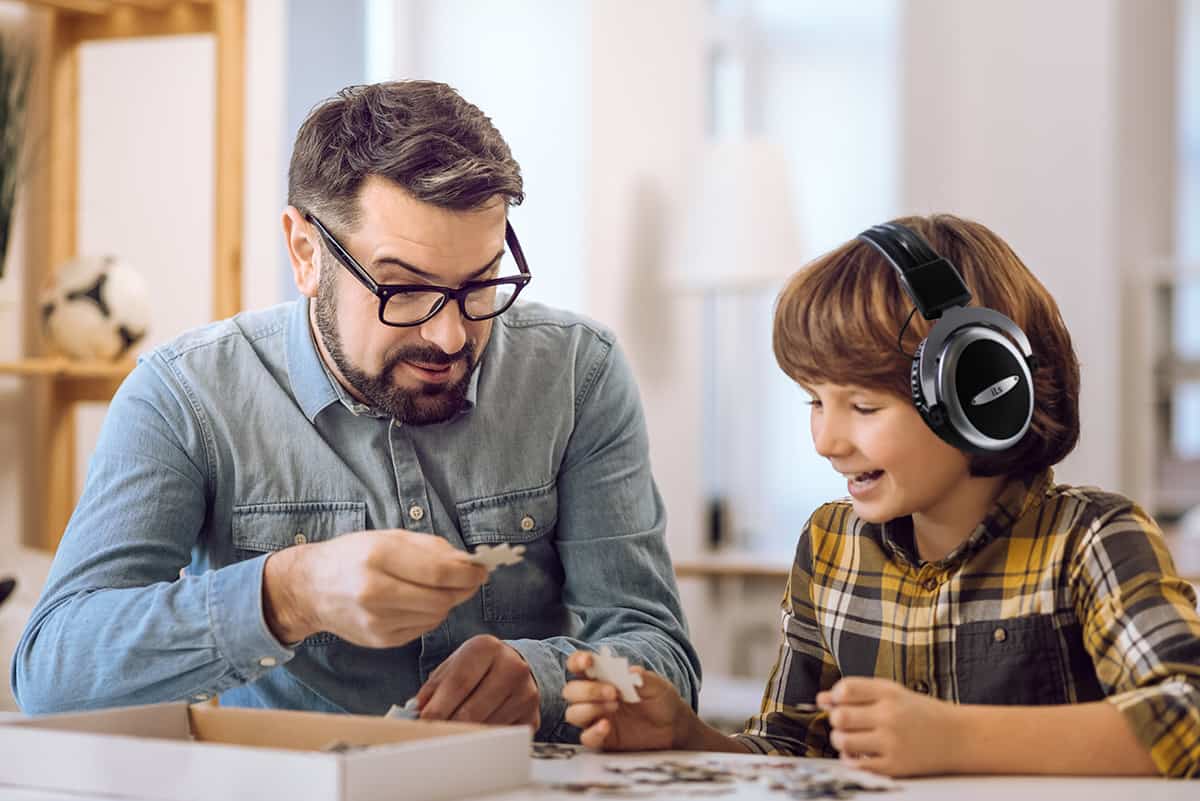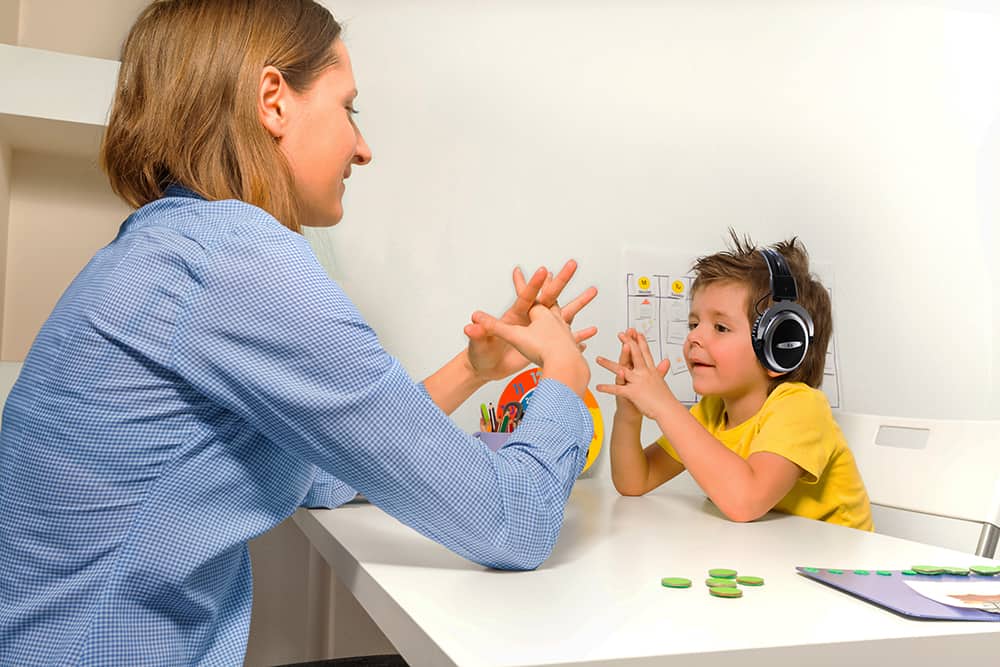Memory and Learning
Everything we learn is stored in our brain via a highly complex encoding system called memory. It is our memory that allows us to retrieve information we have learned, skills we’ve acquired, even precious moments we’ve experienced. Yet, we are not just pulling information off the shelf. Memory decides what’s worth keeping and the relationship of new information to what’s already stored. Therefore, in order to learn, our memory must be dynamically changing to accommodate the new information arriving all the time.
 Children and Memory/Learning Issues
Children and Memory/Learning Issues
– What’s going on when your child can’t remember what they learned on the previous page?
– They know the spelling words one day and the next day they are gone.
– Math facts are memorized and seem to evaporate by the following day.
– The struggle to remember makes it feel as if the brain is a sieve.
These are painful experiences due to poor short-term and intermediate memory.
Memory is the key to learning and learning is the synthesis of the information we remember. It is difficult to create a strong foundation for learning if critical pieces are not retained. This constant battle to remember information eventually leads to giving up.
Adults and Memory/Learning Issues
As we age, we inevitably have more information to remember. With more to remember, there is more to forget. You might forget someone’s name, or have trouble finding that right word on the tip of your tongue.
Our memory may fail for many reasons, and the amount of information we are trying to hold is one of them. Further, increased reliance on our digital devices has decreased our practice of information retrieval.
How does iLs help Memory and Learning?
Dreampad
The Dreampad improves sleep which is critical for the consolidation of memory and enhanced learning.
Safe and Sound Protocol (SSP)
In an unbalanced state, access to higher cognitive functions, like memory, is blocked. The SSP is a five-day intervention that balances your physiological or emotional state which is critical to everything we do.
Focus System
Neurons that fire together wire together. So, when you’re activating multiple parts of the brain at the same time, you’re creating stronger connections in the brain. Motor and sensory input from the Focus System increases neural connections and stimulates the growth of new brain cells, called neurogenesis. Music and movement trigger the release of BDNF – a protein important for triggering brain cell growth especially in the hippocampus which is important for memory and learning. The Playbook activities require sustained attention, repetition and effort, the key ingredients to improved brain function for memory and learning.
HOW IT WORKS
Music, Multisensory Input & Movement
Brain & Body Organization
My Best Self
All iLs systems come with supervision, either from your current iLs-trained therapist or from an iLs-employed coach who can work remotely with clients who don’t have an iLs provider in their area. You can find an iLs Provider here or contact us to locate someone in your area.
The goal is not a quick fix; it’s lasting change.
Case Studies
TBI, severe deficits in memory, hemorrhage, mild cognitive slowing
“Upon observation, the music appeared to have a positive effect on the clients emotional state. She was observed dancing in chair slightly and having a smile on her face while listening. She also expressed that she liked the music and enjoyed it. This therapist recommends trying to listen to this again in three months to see if there are additional benefits and/or the same effect on the client.”
Videos
“As a therapist, there are so many times we think if we had one more way to target different centers of the brain and turn them all on at the same time so they could access all of those great skills that they do have…and then iLs came around, and we thought ‘Oh my goodness. This is what we’ve been looking for.’” – Jill Sengbush, MA/CCC-SLP
Kingsway Elementary School completed a small, controlled study using iLs in their school with 10 students on the autism spectrum. They measured results using the iLs Measure of Foundational Abilities (MFA) as well as the SCAN:3-C measure of auditory processing. SCAN:3-C results are below, and the video to the right is of teachers discussing the program results. Click here to see the full report.
We transform lives of children and adults everyday.
-
mom and Occupational Therapist
Update on my daughter after 10 iLs sessions: At parent teacher interview, the teacher said, “I don’t know what has happened but in the past 2 weeks it is as if a switch was turned on”. I did not tell her I was doing iLs to see if she noticed anything in class and her overall function…. the “switch” coincided with the completion of 10 iLs sessions. She continues to do well in school and her Spring report cards say improvement in all areas.
-
I have been a homeschool educator for over 14 years and iLs has been wonderful for all three of my children. Honestly, I feel iLs is very beneficial to do as part of school day. It makes school so much easier afterwards. If the foundation for learning is not there you can’t do the rest of school or life; iLs helps build that foundation. A child may be struggling in school for reasons they should not have to be struggling. I feel people should use iLs as the first step before heavy duty school work because if other foundational skills are not in place they will not get as much from the learning. After using iLs a child can learn to their full potential. I recommend iLs to homeschoolers. It is nice to have an iLs Practitioner/home coach to work with and to set up the program. My advice is to think of iLs as important as any subject or class, but it is not a flyby where you put it on and walk away. I did the activities with my daughter and found it to be a nice relationship building and it was very fun at times.



